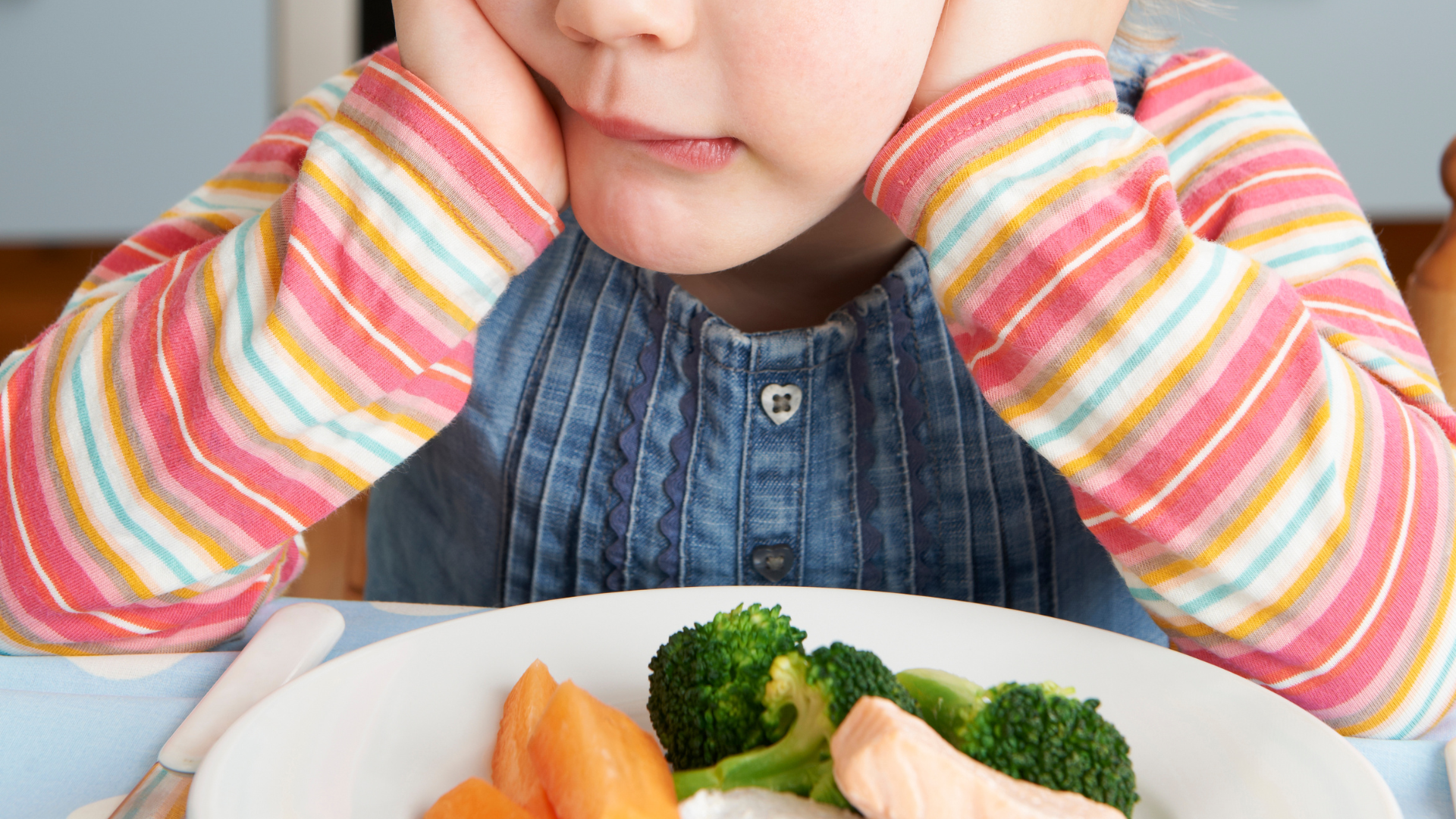By Emma Thomas
Food, wonderful food! How I love sitting down around the table with friends and family and sharing a good meal. But when our children are going through a ‘picky eating’ phase it can make mealtimes feel stressful! ‘Picky eating’ is a normal part of child development and something which most children will move through. They love to keep us guessing. Is their favourite fruit bananas or apples? They’ll eat cold pasta leftovers but not hot pasta for dinner? And water bottles are in but cups are out? Sometimes children will go through a period where they just want to play with their dinner rather than eating it!
There are lots of strategies you can take to combat picky eating, here are some I’ve tried.
1. Start a garden!
Choosing, planting and growing your own food is so satisfying and captures children’s interest. It is so special to be able to grow and eat your own food. Nutritionist Jenny Friedman shares a great article about how gardening can help to combat picky eating. Gardening allows children to explore food in a less pressured environment and increases their comfort with different foods. Working together in the garden can be fun, relaxing and reduce stress! You don’t have to start with anything complicated – a few pots plants with herbs, beans or strawberries will get you going.
2. Invite your children into the kitchen.
Do you have cupboards that your children can access? Fill them with your plastic containers, unbreakable mixing bowls and children’s cups and plates. Children love to know where their part of the kitchen is. Cooking with children can be messy but it’s also rewarding (and great for their development!). Just do a little pre-planning to ensure safety. My daughter loves cooking and my husband is so patient in the kitchen with her! He’s taught her how to measure, mix and even crack eggs (and she’s 3.5 years old!).
3. Invest in joyful routines!
What makes you happy at mealtimes (apart from everyone eating without complaining). Do you like flowers on the table? Fairy lights or candle light? Or eating outside? Involve your children in choosing their plates, cups and cutlery and setting the table. Make handwashing enjoyable with a song or rhyme.
4. Set a timer.
Sometimes it feels like mealtimes with children are going to go forever. If this is a struggle for your family try using a timer, start with around 20 minutes. A visual timer works well (either sand or digital). When the timer is done, that is the end of the meal and any leftover food will be packed away until the next meal time. Try to be consistent with when you offer snacks and meals. We don’t want our children to be in the habit of grazing, but we also know how cranky children can get if they are hungry!
5. Let them feel their feelings.
Whenever we make changes in our children’s life, especially if they are to do with food, we can expect backlash. As parents and carers it is our responsibility to decide what food is available and when, it is our child’s job to decide how much they want to eat. When our children are unhappy with our options, we need to be calm but consistent.
6. Don’t give up!
Keep offering new foods and food that your child dislikes. It can take many exposures before your child will like a food (and there are some foods they will never eat). Always make sure that there is something they will eat available and then encourage them to experience new foods. This might be simply putting it on their plate, or touching it.
7. Watch and read about new foods.
Some of my favourites are:
- Bluey – Pavlova
- Jasper McFlea will not eat his tea – Lee Fox
- I will not ever never eat a tomato – Lauren Child
Here is some further reading if you’re interested!
- Raising Children Network – Fussy eating
- Jenny Friedman Nutrition – 6 reasons to garden with your picky eater
- Better Health Channel – Toddlers and fussy eating






